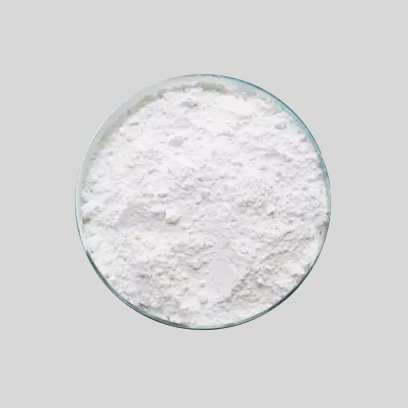
พ.ย. . 24, 2024 21:35 Back to list
Rutile-Type TiO2 Production Processes and Factory Insights for Enhanced Performance Applications
The Rise of TiO2 Rutile-Type Factories Innovations and Impacts in the Industry
In recent years, the demand for titanium dioxide (TiO2) has surged due to its widespread application in various industries, including paints, coatings, plastics, cosmetics, and even food products. Among the different crystalline forms of TiO2, rutile has drawn significant attention due to its superior properties, making it a preferred choice for many manufacturers. The establishment of TiO2 rutile-type factories has become a focal point for industry advancements, economic growth, and environmental considerations.
Understanding Rutile Titanium Dioxide
Rutile is one of the three primary mineral forms of titanium dioxide, the others being anatase and brookite. It possesses a tetragonal crystal structure, which imparts unique characteristics such as high refractive index, excellent opacity, weather resistance, and UV protection. These properties make rutile TiO2 an essential component in producing high-quality paints and coatings, as it offers vibrant colors and long-lasting durability.
Moreover, rutile TiO2 has become increasingly valuable in the context of sustainable practices. With growing environmental concerns regarding the use of traditional pigments and their impact on health and ecosystems, rutile provides a safer alternative while still meeting the stringent quality requirements demanded by consumers.
The Emergence of TiO2 Rutile-Type Factories
The expansion of TiO2 rutile-type factories reflects a combination of market demand and technological innovation. In response to the growing need for high-quality TiO2, many companies have invested in manufacturing facilities that focus specifically on rutile production. These factories leverage advanced technologies, such as the sulfate and chloride processes, to improve product quality and efficiency.
The sulfate process involves treating titanium ore with sulfuric acid, while the chloride process uses chlorine gas, resulting in higher purity and better control over the chemical composition. With these advanced techniques, rutile TiO2 factories can produce a product that meets the stringent standards required by industries such as automotive, aerospace, and construction.
Economic and Social Impacts
The establishment of TiO2 rutile-type factories has significant economic implications. These facilities create jobs, contribute to local economies, and drive innovation in related sectors. For regions that possess rich titanium ore deposits, the advent of TiO2 production facilities can lead to substantial economic growth and infrastructure development.
tio2 rutile type factory

Moreover, the focus on sustainable practices and environmentally friendly manufacturing processes contributes to social acceptance of these factories. As consumers become increasingly aware of the origins of the products they buy, companies that prioritize eco-friendly production methods stand to gain a competitive edge. This shift not only strengthens brand loyalty but also aligns with the global push towards sustainability.
Challenges and Considerations
Despite the many benefits associated with TiO2 rutile-type factories, challenges remain. Environmental regulations become ever more stringent as governments worldwide seek to mitigate the impact of industrial processes on local ecosystems. Factories must invest in pollution control technologies and waste management practices to comply with these regulations.
Furthermore, the fluctuation in raw material prices can affect production costs. The reliance on natural resources for TiO2 can lead to volatility in the market, compelling manufacturers to seek alternative sources or innovative solutions to maintain their supply chains.
Future Prospects
Looking ahead, the future of TiO2 rutile-type factories appears optimistic. Innovations in production methods, such as the development of more sustainable processes and the utilization of waste materials, hold potential for enhancing efficiency and reducing environmental impact.
Moreover, as global stories increasingly emphasize sustainability, the role of rutile TiO2 in applications such as solar energy cells and photocatalysis could expand. This additional demand may lead to further investments in rutile-type factories and encourage research and development initiatives aimed at maximizing the potential of this essential mineral.
Conclusion
The growth of TiO2 rutile-type factories marks a significant milestone in the industrial landscape, balancing economic development with environmental stewardship. As industries continue to seek high-quality, sustainable materials, the importance of rutile TiO2 will undoubtedly grow. In navigating the challenges ahead, these factories have the potential to redefine production standards while contributing positively to both the economy and the planet.
-
Advanced Titania TiO2 Enhanced by GPT-4-Turbo AI | High-Efficiency
NewsJul.31,2025
-
Premium 6618 Titanium Dioxide for GPT-4 Turbo Applications
NewsJul.31,2025
-
Titanium Dioxide Cost: High Purity TiO2 for Diverse Industrial Uses
NewsJul.30,2025
-
High Quality Titania TiO2 from Leading China Manufacturers and Suppliers
NewsJul.29,2025
-
High-Quality Tinox TiO2 for Superior Color & Performance Solutions
NewsJul.29,2025
-
High Quality Titania TiO2 from Leading China Supplier & Manufacturer
NewsJul.29,2025
